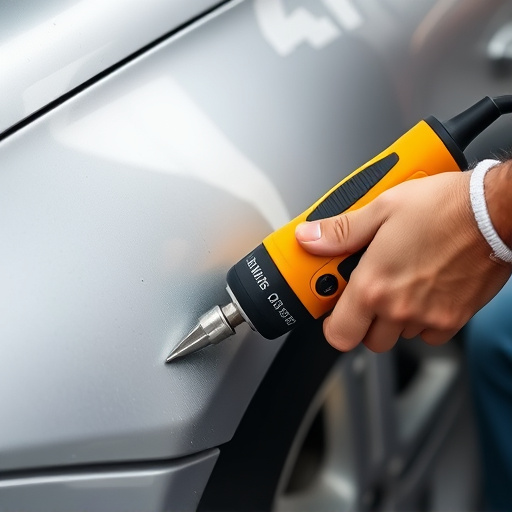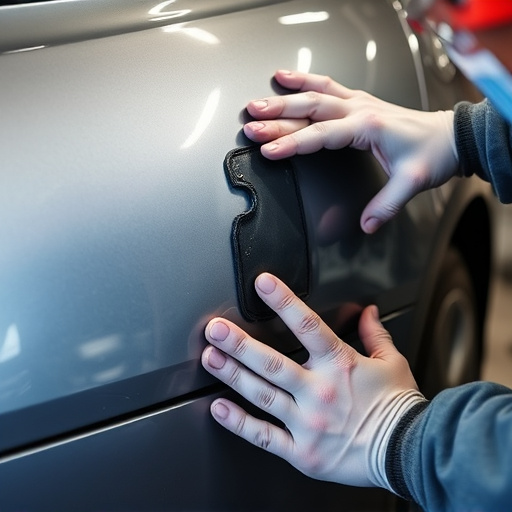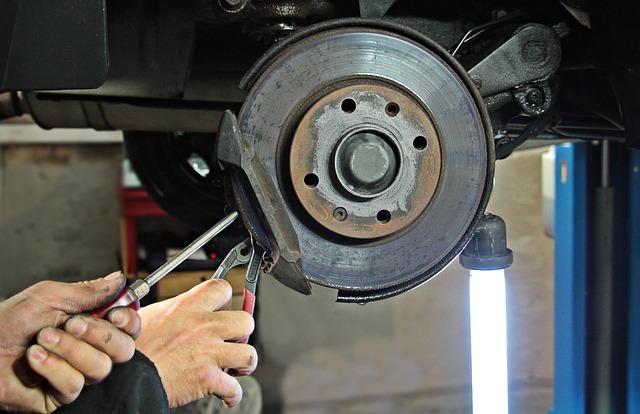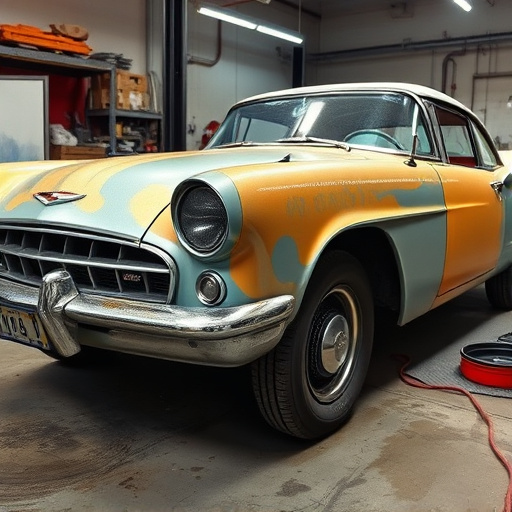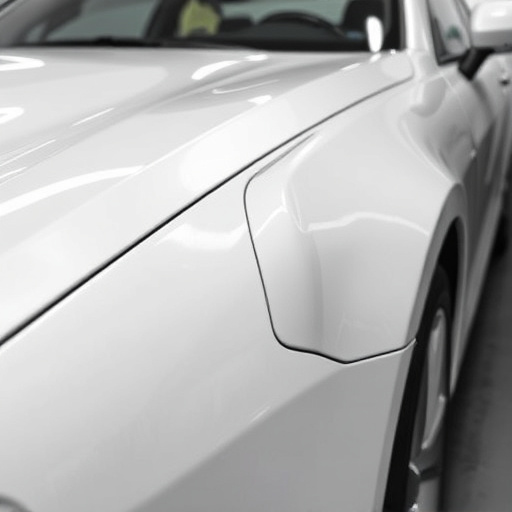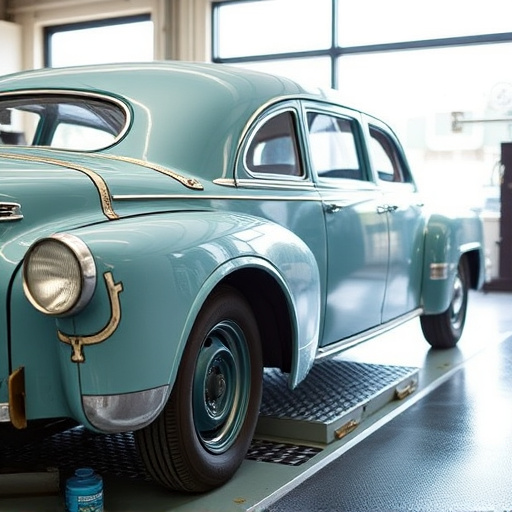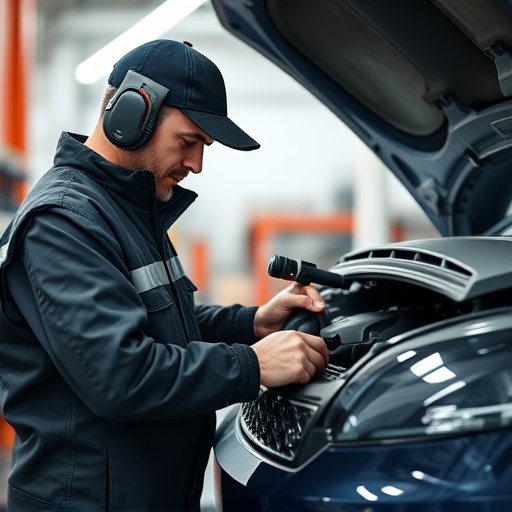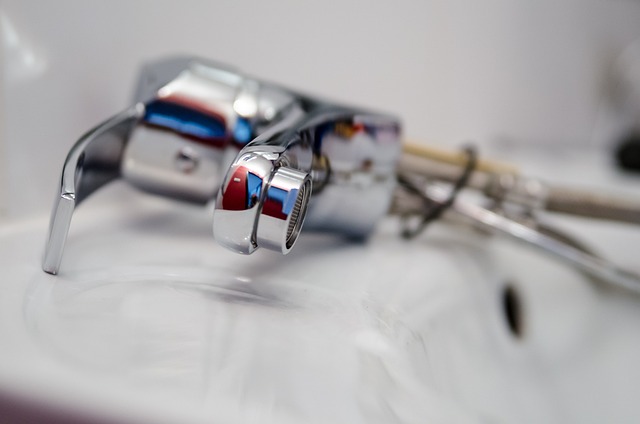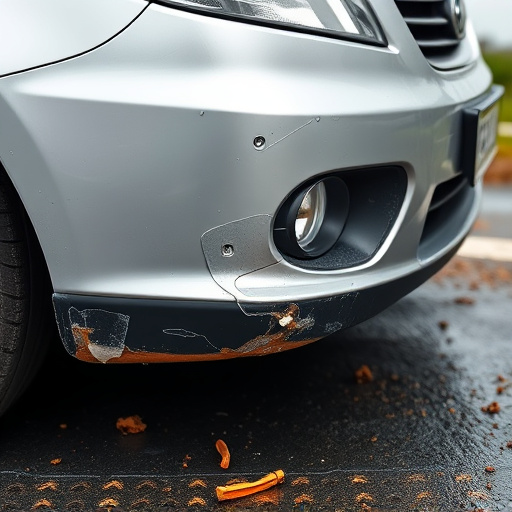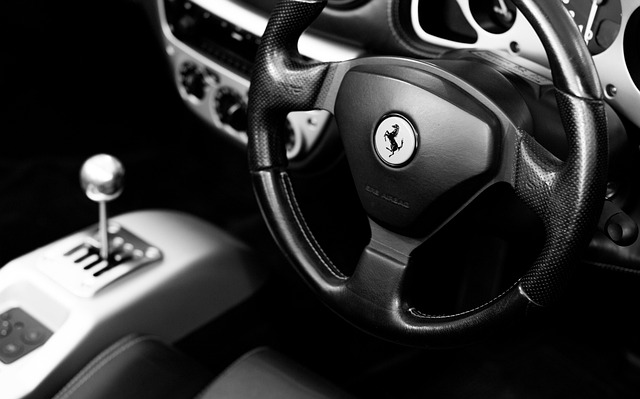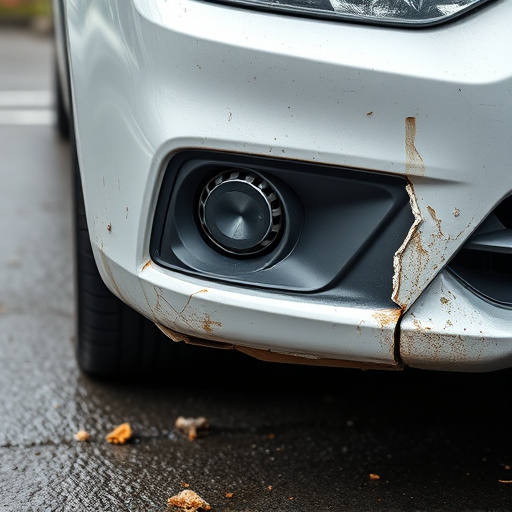Plastic welding technology revolutionizes auto repairs with precision, efficiency, and reduced heat impact, preserving structural integrity and minimizing repair times for interior panels, exterior body parts, and lighting systems, while offering faster turnaround times, reduced costs, and seamless finishes that meet or exceed manufacturer standards. This advanced technique is crucial for achieving robust bonds in modern automotive designs, enhancing customer satisfaction in collision damage repairs.
“Unleashing Revolutionary Repair Methods: The Role of Plastic Welding Technology in Auto Repairs. With the automotive industry’s constant evolution, understanding advanced repair techniques like plastic welding has become paramount. This article delves into the intricacies of this cutting-edge technology, highlighting its significance in modern car damage restoration. We explore the numerous advantages, from enhanced structural integrity to efficient repairs. Furthermore, we peek into the future, uncovering innovations that are set to transform the auto repair landscape.”
- Understanding Plastic Welding Technology in Auto Repairs
- Advantages of Using Plastic Welding for Car Damage Restoration
- The Future of Auto Repair: Innovations in Plastic Welding Techniques
Understanding Plastic Welding Technology in Auto Repairs

Plastic welding technology has emerged as a game-changer in the auto repair industry, revolutionizing how we address damage to modern vehicles. Unlike traditional metal welding methods, plastic welding focuses on bonding and fusing various types of plastics used extensively in car manufacturing. This advanced technique is particularly crucial for repairing components like interior panels, exterior body parts, and even complex automotive lighting systems.
The benefits are significant, especially when compared to conventional scratch repair or car collision repair methods. Plastic welding offers precision, ensuring minimal heat impact on surrounding materials, which preserves the structural integrity of the vehicle. Moreover, it facilitates faster repair times without compromising quality, making it a preferred choice for efficient and effective vehicle repair services.
Advantages of Using Plastic Welding for Car Damage Restoration
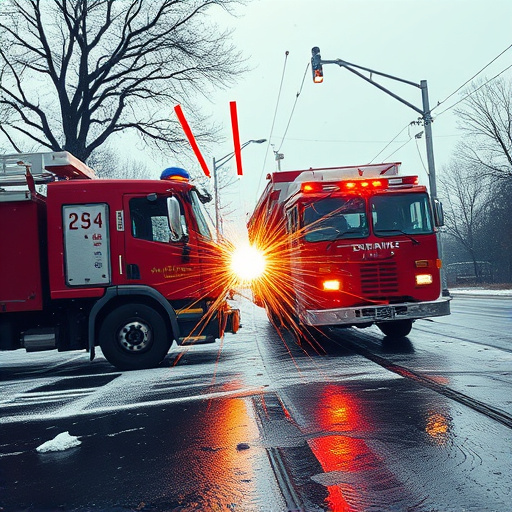
Plastic welding technology has revolutionized autobody repairs, offering numerous advantages over traditional methods. One of the key benefits is its ability to restore car bodies to their original state with precision and efficiency. This technique is especially valuable for luxury vehicle repair, where maintaining the vehicle’s aesthetics is paramount. With plastic welding, damaged panels can be repaired or replaced without leaving visible scars or signs of alteration, ensuring a seamless finish that meets or exceeds the manufacturer’s standards.
Additionally, plastic welding technology provides faster turnaround times and reduced costs for car body repair compared to labor-intensive manual methods. It allows mechanics to work more precisely, minimizing material waste and maximizing resource utilization. This not only benefits budget-conscious consumers but also contributes to a more sustainable automotive industry by promoting efficient use of materials and reducing the environmental impact of repairs.
The Future of Auto Repair: Innovations in Plastic Welding Techniques

The future of auto repairs is being shaped by innovative advancements in plastic welding technology. This cutting-edge approach offers unparalleled precision and efficiency in addressing collision damage repair, revolutionizing what was once a time-consuming and complex process. Auto collision centers are now embracing these developments, enabling them to provide faster and more effective auto repair services.
With the evolving landscape of automotive design, where more components are made from advanced plastics, the role of plastic welding technology becomes increasingly pivotal. This innovation allows for precise melting and fusing of various plastic materials, ensuring robust bonds that match the strength of their metal counterparts. As a result, collision damage repairs can be executed with greater speed and minimal impact on the structural integrity of vehicles, ultimately enhancing customer satisfaction in auto repair services.
Plastic welding technology has revolutionized auto repair, offering efficient and durable solutions for restoring damaged vehicle components. Its advantages, from lightweight materials to precise repairs, position it as an indispensable tool in modern automotive maintenance. As research continues to refine these techniques, the future of car repairs looks promising, with faster, cleaner, and more sustainable fixes becoming the norm. Embracing these innovations ensures auto shops remain competitive and meet the evolving needs of drivers seeking reliable and efficient vehicle restoration.
